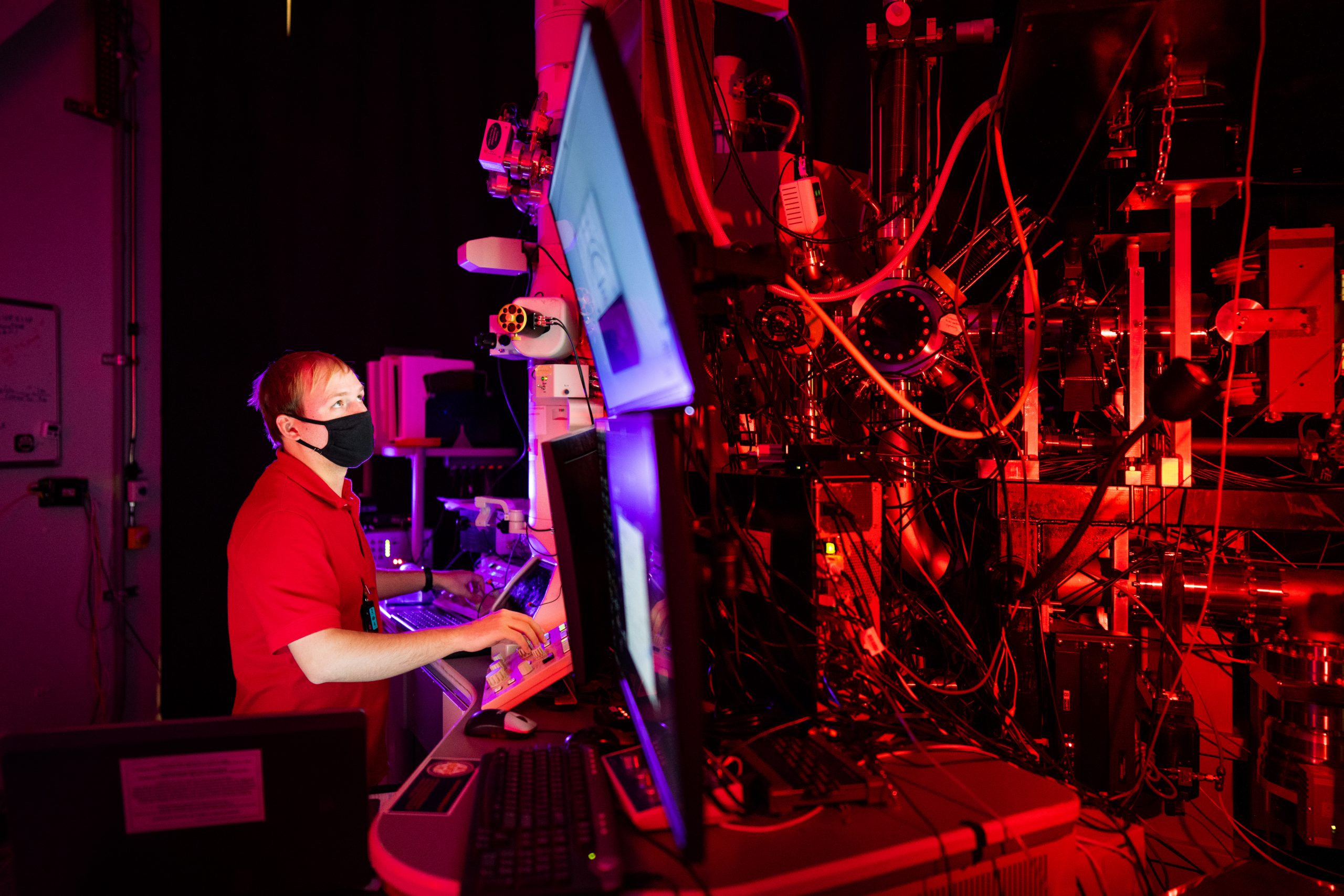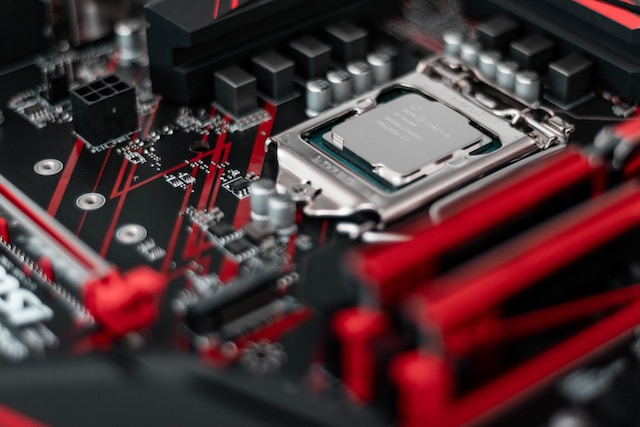For a significant period, the prevailing belief has been that when a metal structure, such as a bridge or an engine, experiences a crack, the crack will inevitably worsen with time. However, recent observations made by researchers in a minuscule fragment of platinum suggest that this assumption might not hold true.
Exciting, a recent study showcased the successful demonstration of self-healing properties in specific metals. This breakthrough opens the door to promising applications in various fields. Imagine bridges, vehicles, and mechanical parts that can autonomously repair themselves when subjected to wear and tear. The potential for such innovation is truly remarkable and holds great promise for the near future.
Astonishing Experiment:
Researchers, led by Brad Boyce, studying metal fatigue in platinum made a remarkable discovery. During their experiment, they noticed cracks in the material repairing spontaneously without any external intervention. The metal pieces, composed of pure platinum and copper, were pulled rapidly from both sides. Around 40 minutes into the experiment, the cracks fused back together on their own, showcasing the potential for self-healing materials.
“This was absolutely stunning to watch first-hand,” said Boyce, who is the lead author on a paper describing the finding. “What we have confirmed is that metals have their own intrinsic, natural ability to heal themselves, at least in the case of fatigue damage at the nanoscale.”
“My hope is that this finding will encourage materials researchers to consider that, under the right circumstances, materials can do things we never expected,” said Michael Demkowicz, a Texas A&M professor.”
The research has been published in the journal Nature.







